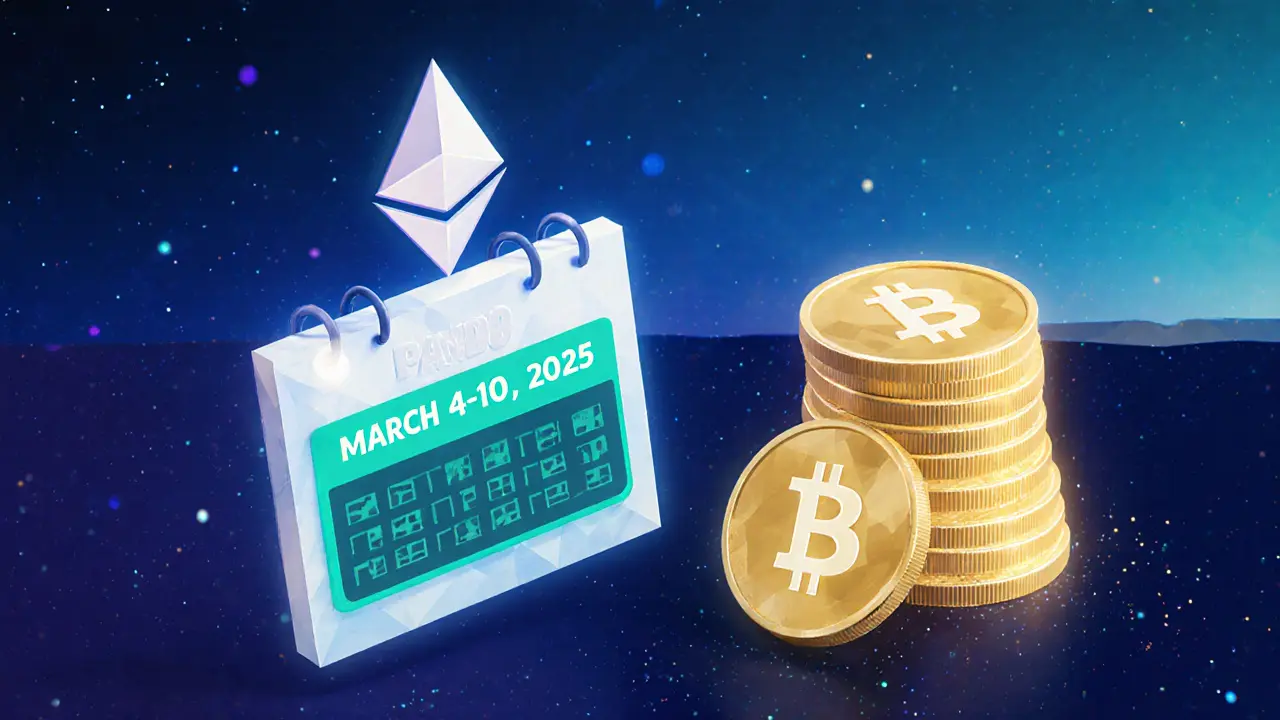Play-to-Earn Airdrop Guide and Latest Updates
When talking about Play-to-Earn airdrop, a marketing method where blockchain games award free tokens to users who join, play, or promote the platform. Also known as P2E airdrop, it blends gaming incentives with crypto distribution. Airdrop, a one‑time token giveaway to a predefined group of wallets is the broader concept that fuels these events. The Play-to-Earn, a model where players earn cryptocurrency by completing in‑game actions provides the activity hook that makes the giveaway attractive. Together they create a cycle: the game needs users, the airdrop draws them, and the token economy grows. This article breaks down the cycle, shows how token distribution is structured, and points out what to watch for when chasing free crypto.
Key Elements of a Play-to-Earn Airdrop
Every successful Play-to-Earn airdrop hinges on three pillars: token distribution, community participation, and clear claim mechanics. Token distribution defines how many coins are set aside, which wallets qualify, and the vesting schedule – think of Space Misfits CROWN (SMCW) allocating 10% of its supply, or the PERRY giveaway rewarding AMA attendees. Community participation can range from simple wallet registration to deeper actions like staking, sharing referral links, or completing quests inside the game. Claim mechanics involve eligibility checks, a secure claim portal, and often a short window to complete the process. In practice, Play-to-Earn airdrop encompasses token distribution, requires active community engagement, and influences the token’s early price dynamics. A well‑executed airdrop can spark a price surge, while a sloppy one may dilute value and erode trust. The posts in this collection illustrate these points: the QBT token airdrop tied to a Binance Smart Chain event shows how smart‑contract triggers automate rewards, while the Celestial (CELT) discussion explains why some projects skip public airdrops altogether. By studying real examples, you’ll see how each pillar interacts with the others and what mistakes to avoid.
For anyone looking to claim a Play-to-Earn airdrop, the first step is to verify the source – check the project’s official channels, read the smart‑contract address, and confirm that the token audit exists. Next, secure your wallet, follow the exact steps listed in the claim guide, and double‑check any required social actions (tweet, join Discord, etc.). Finally, monitor the token after claim: watch for lock‑up periods, watchlist the price, and consider whether staking or liquidity provision makes sense. The articles below walk you through these stages, compare a range of recent airdrops, and give you actionable checklists so you can jump on the next community giveaway with confidence.

A complete guide to the March2025 PANDO airdrop, covering dates, token allocation, claim steps, comparison with other gaming drops, and future outlook.
- Read More
